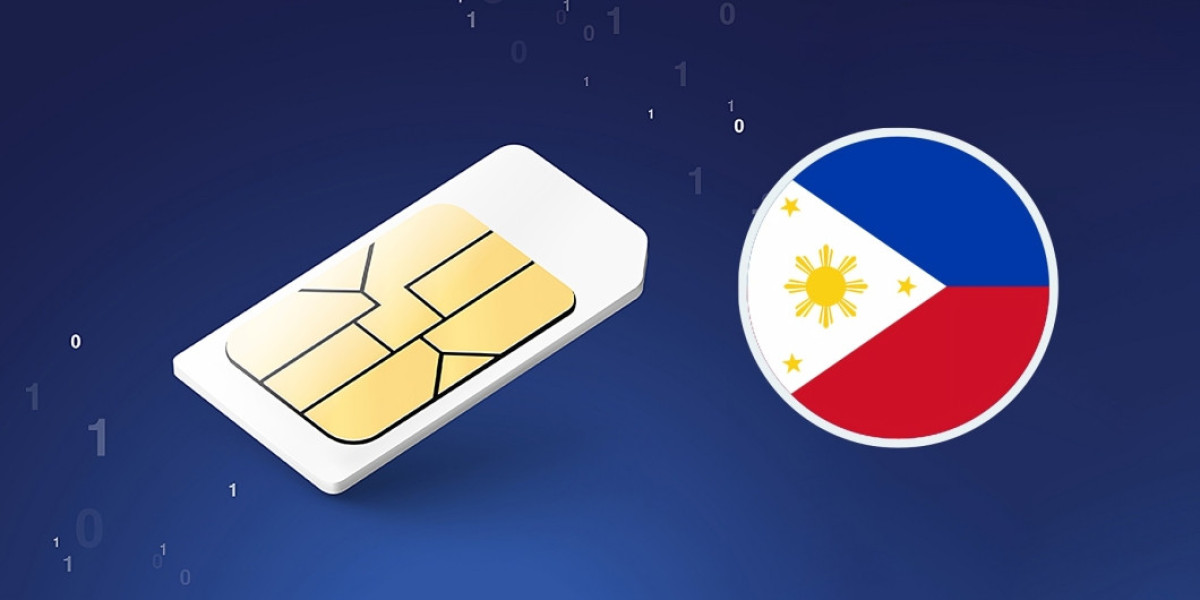A trip to the Philippines can be a trip to remember, full of gorgeous beaches, colorful cities, and friendly people. But before you set foot in the country, whether you are applying for a Philippines eVisa online or planning your itinerary, it is always safer to get familiar with a few practical necessities: currency, SIM cards, and transportation. Understanding the fundamentals of money and how to keep in touch, as well as what to do for getting around, can save you a great deal of time, stress, and unneeded costs. This will be a step-by-step guide to all the information you require in a straightforward and easy-to-understand manner.
Understanding the Currency in the Philippines
The currency in use in the Philippines is the Philippine Peso often referred to as PHP or ₱. Banknotes also come in varying denominations with coins also being widely used. Tourists will find that it is still true that cash rules in most areas of the country particularly in the countryside, in the markets and at small shops. Although the use of card payment is increasingly popular in large urban areas such as Manila or Cebu, it is always better to have a few pesos.
Currency Denominations

Kind | Denominations Available |
Corners | ₱1, ₱5, ₱10, ₱20 |
Bills | ₱20, ₱50, ₱100, ₱200, ₱500, ₱1,000 |
Tip: Be careful when handling ₱20 bills and ₱20 coins, as both exist. Merchants often accept either, but it can be confusing at first.
Where to Exchange Money
- Banks and ATMs: Widely available in cities, but rural areas may have limited access. ATMs usually dispense pesos directly using your foreign card.
- Money Changers: Found in shopping malls, tourist areas, and airports. Rates may vary, so it's best to compare before exchanging large amounts.
- Hotels and Resorts: Some high-end hotels offer money exchange, but rates are usually less favorable.
Pro tip: Always keep smaller bills when traveling to provinces or riding public transport, since drivers and shop owners may not have change for larger notes like ₱500 or ₱1,000.
SIM Cards and Staying Connected
The modern world means that it is imperative to remain connected when traveling. It is important to have mobile data in the Philippines whether it is to book a ride, move around on maps, or even staying in touch with loved ones. Fortunately, it is easy and cheap to acquire a prepaid SIM card.
Major Telecom Providers
The Philippines has two main telecom giants and a growing third competitor. Here's what you can expect:
- Globe Telecom: Widely considered the best for overall coverage, especially in urban areas and tourist destinations.
- Smart Communications: Offers strong coverage, often more reliable in rural regions.
- DITO Telecommunity: A new provider with competitive data packages and expanding network coverage.
SIM Card Purchase
- Where to Buy: SIM cards are available at airports, convenience stores, malls, and kiosks. Buying at the airport may be slightly pricier, but it saves you the hassle of hunting for one after a long flight.
- Requirements: In most cases, you only need to provide your passport to register your SIM, as per local regulations.
- Cost: SIM cards themselves are inexpensive, usually ranging from ₱40 to ₱100. Data packages start around ₱50 for a few days and go up depending on your needs.
Recommended Data Packages

A majority of telecom companies have promotions of prepaid plans with flexible combinations of calls, text, and data. The most significant ones are data packages to travelers. For example:
- ₱50–₱100: 1–2 GB of data valid for 3 days.
- ₱300–₱500: 8–12 GB of data valid for 30 days.
- ₱1,000+: Unlimited data for a month, useful for heavy users or long stays.
Tip: Always double-check the signal strength in the area you're visiting. If you're heading to remote islands, Smart may perform better than Globe, while big cities usually favor Globe.
Transportation Guide in the Philippines
Movement in the Philippines is heterogeneous and includes both old-fashioned jeepneys and new ride-hailing applications. The transportation process itself can be an adventure, and being aware of the choices will make you choose the most suitable one that will fit your budget, comfort, and destination.
Common Modes of Transport
- Jeepneys
- The most iconic mode of transportation in the Philippines.
- Inexpensive, usually costing ₱10–₱20 for short distances.
- Routes are fixed, so it's best for travelers with some local knowledge or those exploring city centers.
- Tricycles
- Motorcycles with sidecars, ideal for short distances in towns and villages.
- Prices range from ₱20 to ₱100 depending on the distance and location.
- Taxis
- Available in cities, but make sure the meter is used.
- The starting rate is usually around ₱40, with additional charges per kilometer.
- Ride-Hailing Apps
- Apps like Grab are popular in Manila, Cebu, and other large cities.
- Convenient, safe, and transparent with pricing.
- Great for travelers who don't want to haggle over fares.
- Buses
- Affordable long-distance transportation, connecting major cities and provinces.
- Air-conditioned buses are more comfortable for long trips.
- Ferries and Boats
- Essential for island-hopping, as the country has over 7,000 islands.
- Prices depend on the route, from small outrigger boats costing ₱50–₱100 to larger ferries with cabins for ₱1,000 or more.
- Domestic Flights
- Budget airlines like Cebu Pacific, AirAsia, and Philippine Airlines connect major islands quickly.
- Tickets can be very affordable if booked in advance.
Transport Tips for Travelers
- Always keep small bills and coins ready for public transport.
- Ask locals or fellow passengers if unsure where a jeepney or bus is headed.
- For longer trips, book tickets online when possible to secure a seat.
- If traveling with luggage, taxis or ride-hailing services are more convenient than jeepneys or tricycles.
Final Thoughts
The Philippines is an intriguing place with each island possessing its beauty. Knowing the basics such as currency, SIM cards, and means of transport, you will be moving around the country with ease and confidence. Always keep pesos in small amounts, buy a good SIM card that will work, and do your research on various means of transportation, based on your location. Additionally, understanding the Philippines evisa online process before your trip can make your arrival smoother and less stressful. Preparation is half the battle—getting to your destination easier, better, and more pleasurable. Be it in the busy streets of Manila, the white sand beaches of Boracay, or the green mountains of Mindanao, this guide will see to it that you can enjoy the experience and be connected and ready at the same time.



